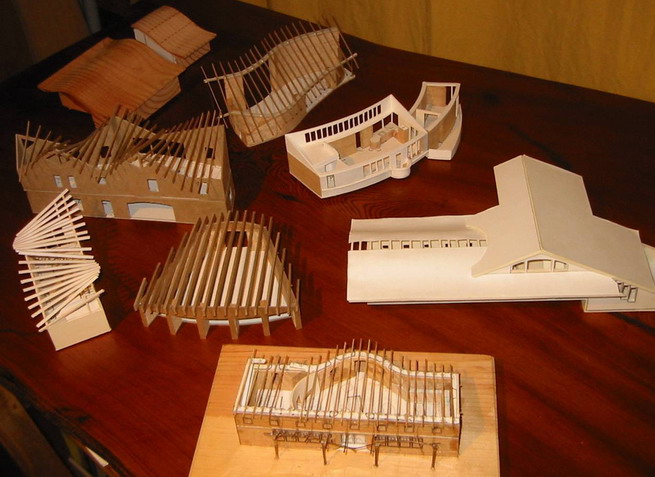“Bang for the buck” is at the core of all economic decisions. It is also at the core of economic and ethical philanthropic decisions. One maj or discussion has developed in the recent years among the upper crust of deep-pocketed intellectuals about the access to computer technology to the very poor in places such as Africa and South Asia. On one side were the money pumpers – the likes of Larry Ellison proposing that the cheaper the computer the more access to more people. The opposition from the idealists, head by Bill Gates, proposed that it was not enough to provide just any computer; the poor deserve the best that technology has to offer as well. It is hard to decide whether this debate is more analogous to a teenager buying a $500 first car to get on the road or the
Seinfeld muffin top fiasco where the homeless demand the entire muffins be donated, not just the bottom halves.
In development plans for the poorer regions of the world the consensual approach has usually been aligned with the “better than nothing” ideology where the rich give what they can find and the poor get what they can grab. The standards of micro-lending have embraced this ideology, assuming that the bare minimum is enough to kick-start the small entrepreneur’s financial growth. Perhaps the strongest argument against Grameen Bank’s involvement in Bangladeshi development has been its haphazard distribution of land through small loan purchases. The incremental purchasing of lands moving away from the central cities of Bangladesh and other developing countries has been bla med for the rapid urban sprawl taking over rural areas. For countries whose populations are still in the transitional phase of rapid growth due to high birth rates and low death rates low density suburban development is not an efficient or sustainable pattern of development. There is a need for some level of master planning when it comes to providing people homes and ways of life through development. The implementation of an overseeing organization is ethically problematic though, since it conflicts with the idea of the small entrepreneur having full liberty about how to invest in business, land, and construction. In the general structure of micro-credit, the loan is not pending a particular direction in investment.
Argentine architect Victor Pelli presents a dilemma to begin his book,
Habitar, Participar, Pertenecer – how does a designer balance the necessities of the individual with the satisfaction of social standards? He proposes no earth-shattering solution in his book other than reason and sensibility. He emphasizes the effectiveness of individualized attention, small-scale studies and projects, and the assumption that no one knows better than oneself what one needs. As a designer himself, he reminds the all too often omnipotent educated designers that they must provide a service to those in need, not indoctrinate them and force them into our idealizations of what their lives should be.
 39571 Project, DeLisle, Mississippi - SHoP Architects
39571 Project, DeLisle, Mississippi - SHoP Architects Deboer Recent Projects
Deboer Recent Projects 39571 Project, DeLisle, Mississippi - SHoP Architects
39571 Project, DeLisle, Mississippi - SHoP Architects Deboer Recent Projects
Deboer Recent Projects





